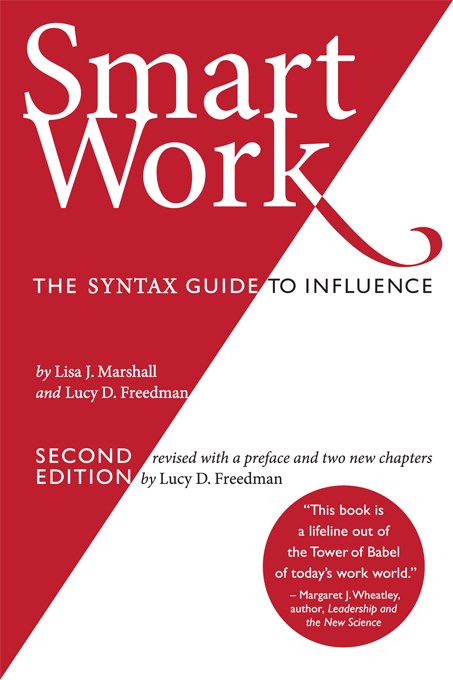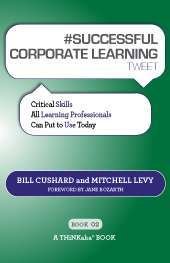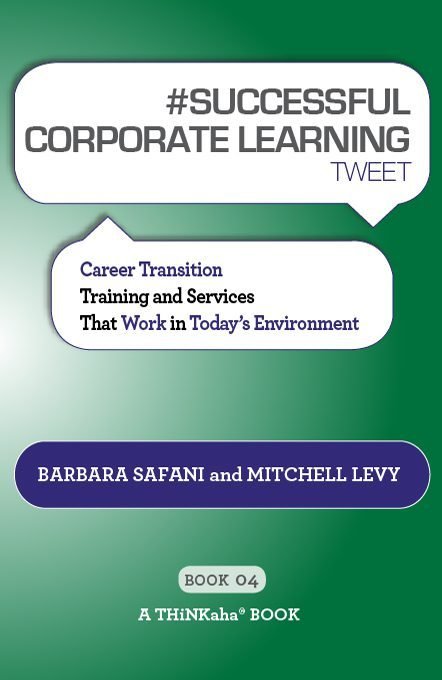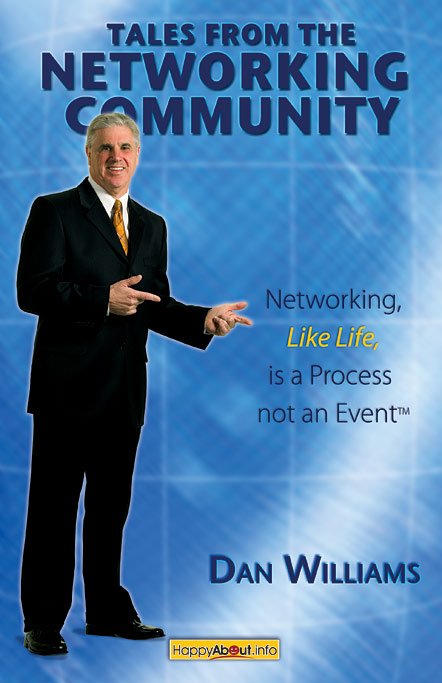Scrappy Information Security (eBook pdf)
The Easy Way to Keep the Cyber Wolves at Bay
Showing 326–350 of 381 results



The converse of the dirty dozen are 12 best practices for project management that have been proven to help leaders steer their teams clear of avoidable disaster and as much as double the chances of project success.

The converse of the dirty dozen are 12 best practices for project management that have been proven to help leaders steer their teams clear of avoidable disaster and as much as double the chances of project success.

Living Proof that Bending the Rules Isn’t Breaking the Law

Living Proof that Bending the Rules Isn’t Breaking the Law



Practical Insights for Technology Marketers
by Rick Jamison and Kathy Schmidt Jamison

Practical Insights for Technology Marketers
by Rick Jamison and Kathy Schmidt Jamison

Social Media Success! will be your guide to getting started in many of the top networks and building a cohesive plan to be as efficient as possible with your valuable time and resources.

Social Media Success! will be your guide to getting started in many of the top networks and building a cohesive plan to be as efficient as possible with your valuable time and resources.

A Compelling Guide to Discovering Your Story

A Compelling Guide to Discovering Your Story

Until very recently, virtually all corporate trainers and instructional designers followed the traditional route to training–they identified their organizations’ needs and then prepared and delivered formal event-based programs that were primarily classroom or e-learning based. Several learning professionals still take this way, even though they probably realize it cannot survive much longer.

Until very recently, virtually all corporate trainers and instructional designers followed the traditional route to training–they identified their organizations’ needs and then prepared and delivered formal event-based programs that were primarily classroom or e-learning based. Several learning professionals still take this way, even though they probably realize it cannot survive much longer.

Until very recently, virtually all corporate trainers and instructional designers followed the traditional route to training–they identified their organizations’ needs and then prepared and delivered formal event-based programs that were primarily classroom or e-learning based. Several learning professionals still take this way, even though they probably realize it cannot survive much longer.

Instructional designers understand how people learn best. Their expertise is deployed to build learning experiences that enable rapid and deep absorption of new knowledge or assimilation of previously-absorbed facts. Traditional instructional design (ID), however, tends to go only half of the way because it emphasizes placing the instructor in the driver’s seat.

In our modern, often volatile economy, we can no longer expect permanent or long term employment with any one employer. Today’s worker has, on average, multiple jobs and even multiple careers. Layoffs, terminations, and pink slips are so universal that they are now euphemistically called downsizing or rightsizing.

In our modern, often volatile economy, we can no longer expect permanent or long term employment with any one employer. Today’s worker has, on average, multiple jobs and even multiple careers. Layoffs, terminations, and pink slips are so universal that they are now euphemistically called downsizing or rightsizing.

The speed of data collection, an increase in the volume and complexity of data, the pressure to be innovative and adaptable, and the need to learn and share across geographic and corporate boundaries are just a few of the factors that make managing knowledge central to any organization’s success today. Knowledge creates the capacity for effective action, and making that knowledge flow in a way that supports organizational learning is a key component, perhaps the most vital asset, for a learning organization.

The speed of data collection, an increase in the volume and complexity of data, the pressure to be innovative and adaptable, and the need to learn and share across geographic and corporate boundaries are just a few of the factors that make managing knowledge central to any organization’s success today. Knowledge creates the capacity for effective action, and making that knowledge flow in a way that supports organizational learning is a key component, perhaps the most vital asset, for a learning organization.

The phrase communities of practice is relatively new; the concept and its utility is not. Simply put, a community of practice is a learning community. When people realize that they can benefit from sharing their knowledge, experience and insights with like-minded and similarly-motivated people, the seed for a community of practice gets planted.

The phrase communities of practice is relatively new; the concept and its utility is not. Simply put, a community of practice is a learning community. When people realize that they can benefit from sharing their knowledge, experience and insights with like-minded and similarly-motivated people, the seed for a community of practice gets planted.

Networking, Like Life, is a Process not an Event
No products in the cart.